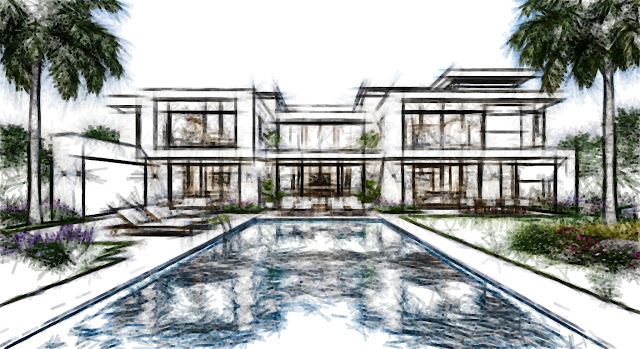The Future of Smart Cities: Where Architecture Meets Technology
In the age of digital transformation, cities are evolving beyond concrete and steel—they’re becoming intelligent ecosystems. Smart cities represent a new vision where architecture, data, and technology intersect to create urban environments that are efficient, sustainable, and deeply responsive to human needs. But what happens when architecture itself becomes part of that intelligence?
What Are Smart Cities?
A smart city uses digital technologies and data-driven systems to optimize infrastructure, energy use, mobility, communication, and public services. Sensors monitor air quality, algorithms manage traffic, and apps connect citizens to resources in real time.
Yet, while technology provides the “brain” of a smart city, architecture gives it form, function, and identity. Buildings and public spaces are no longer passive—they are active agents in the urban network.
1. Intelligent Buildings as Urban Nodes
In smart cities, architecture isn't just shelter—it’s interactive infrastructure. Modern buildings are increasingly equipped with:
-
IoT sensors that track energy use, temperature, or occupancy.
-
Smart HVAC and lighting systems that adapt to real-time conditions.
-
Responsive facades that change with weather or sunlight.
These buildings communicate with the urban grid, adjusting consumption and feeding data back into a city-wide system of optimization.
Example: The Edge in Amsterdam is often cited as one of the smartest buildings in the world—connected to users' phones, adjusting settings based on personal preferences, and producing more energy than it consumes.
2. Sustainable Design Meets Smart Technology
Sustainability and smart tech are deeply intertwined. Architecture in smart cities integrates:
-
Green roofs with sensors monitoring soil moisture and biodiversity.
-
Water recycling systems with AI to manage usage patterns.
-
Photovoltaic panels linked to smart energy grids.
With climate change accelerating, buildings are being designed not just to reduce environmental impact—but to be proactive agents of environmental health.
3. Mobility-Integrated Architecture
Architecture in smart cities redefines how we move through space. With autonomous vehicles, electric scooters, drone delivery, and public transit apps reshaping mobility, design must adapt.
-
Buildings with automated parking or charging hubs.
-
Seamless interfaces between pedestrian areas and transport systems.
-
Multi-use structures that combine housing, retail, and transit access under one intelligent roof.
Urban planning is now a choreography of human flow, machine logistics, and digital control.
4. Public Space Goes Digital
Parks, plazas, and streets are becoming digitally augmented spaces. Smart lighting adjusts for safety or ambience. Public art interacts with visitors via motion or sound sensors. Wi-Fi-enabled benches and kiosks offer connectivity and information.
Architecture must now anticipate interactivity—not just how people inhabit a space, but how they interface with it.
5. AI and Big Data in Urban Design
Urban design is being revolutionized by data analytics. AI tools can:
-
Predict population density shifts.
-
Optimize zoning for maximum livability.
-
Simulate how a building impacts wind, noise, and light in the neighborhood.
Architects and city planners now work with living data models, designing in real-time collaboration with algorithms to shape cities that are dynamic, not static.
6. Human-Centric, Not Machine-Dominated
Critics of smart cities warn of over-surveillance, loss of privacy, and sterile urban experiences. The future challenge is clear: technology must serve humanity, not the other way around.
Architecture becomes the bridge between the digital and the human. Smart cities must feel alive—rich in culture, walkable, inclusive, and emotionally resonant. That requires not just sensors and code, but good design, civic vision, and empathy.
Conclusion: Designing the Conscious City
The future of smart cities lies at the intersection of data and design, machine intelligence and human creativity. Architects are no longer just building structures—they are crafting intelligent environments that learn, adapt, and evolve with society.
In this new frontier, the smartest cities won’t just be connected—they’ll be conscious, deeply aware of the people they serve.
And the architecture of tomorrow? It will be beautiful, sustainable, and alive with possibility.






_1.jpg)
_2.jpg)
_1.jpg)
_1.jpg)
_2.jpg)
_1.jpg)
_2.jpg)
_1.jpg)
_2.jpg)
_1.jpg)
_2.jpg)























